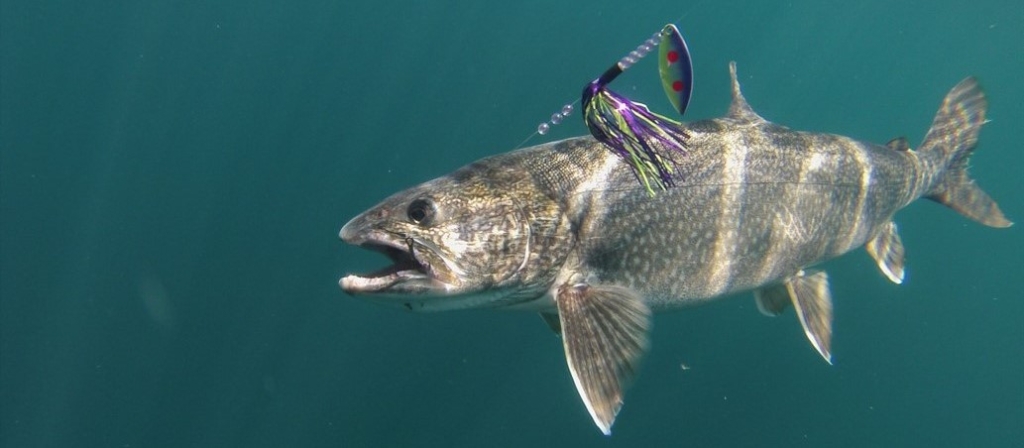Lake Trout Model
Lake trout in the Apostle Islands region of Lake Superior (Management Unit WI-2) are harvested by recreational anglers, subsistence fishers, and both state and tribal-licensed commercial fishers in Wisconsin. To help ensure a sustainable harvest, a Total Allowable Catch (TAC) is established for all fisheries using a form of population model called a statistical catch-at-age (SCAA) model. The TAC is then distributed among each of the three parties (State of Wisconsin and Red Cliff and Bad River Bands of Lake Superior Chippewa) as outlined in the Lake Superior Fishing Agreement 2018-2028 (LSFA).
The State-Tribal Biological Committee is composed of Lake Superior fisheries biologists from Wisconsin DNR, Red Cliff Treaty Natural Resources, and Mashkiiziibii Natural Resources with technical assistance provided from the U.S. Fish and Wildlife Service. The committee is responsible for updating the SCAA model triennially and recommending a TAC to the parties. The model currently incorporates fishery dependent data collected by all three parties which includes recreational effort and harvest, commercial effort and harvest, and lake trout biological data (length, weight, age, maturity, etc.) collected from recreational creel surveys, charter reporting, onboard monitoring, and commercial reporting. The SCAA model also integrates data from fishery-independent gill net assessments conducted by DNR on the R/V Hack Noyes. Using data spanning from 1986 to 2022, the model estimates abundance, recruitment (fish entering the population), mortality, and other parameters for each year in this time-period. The TAC is calculated by projecting the abundance in the last year forward using the most recent model estimates and constraining the total mortality of the most vulnerable age-class to 42%. Based on prior research, an annual maximum mortality rate of 42% is likely to be sustainable, assuming adequate spawner biomass is also maintained.
The most recent model results show that abundance of lake trout in the Apostle Islands region has increased steadily over the past few years. Total lake trout biomass and spawning stock biomass declined abruptly from 2007 to 2014, causing state and tribal authorities to collectively reduce quotas considerably starting in 2015 to help reverse the trend and rebuild the stock. Estimated annual mortality rates have consistently remained below the recommended maximum of 42% since 2015, and the cooperative efforts of all parties have helped the lake trout stock rebound from its modern-day low. Therefore, the Biological Committee has recommended an increase in the TAC for the 2024-2026 fishing seasons.
For more details of the lake trout stock status and history, SCAA model development, and TAC-setting process, the following report was published by the LSFA Biological Committee.

